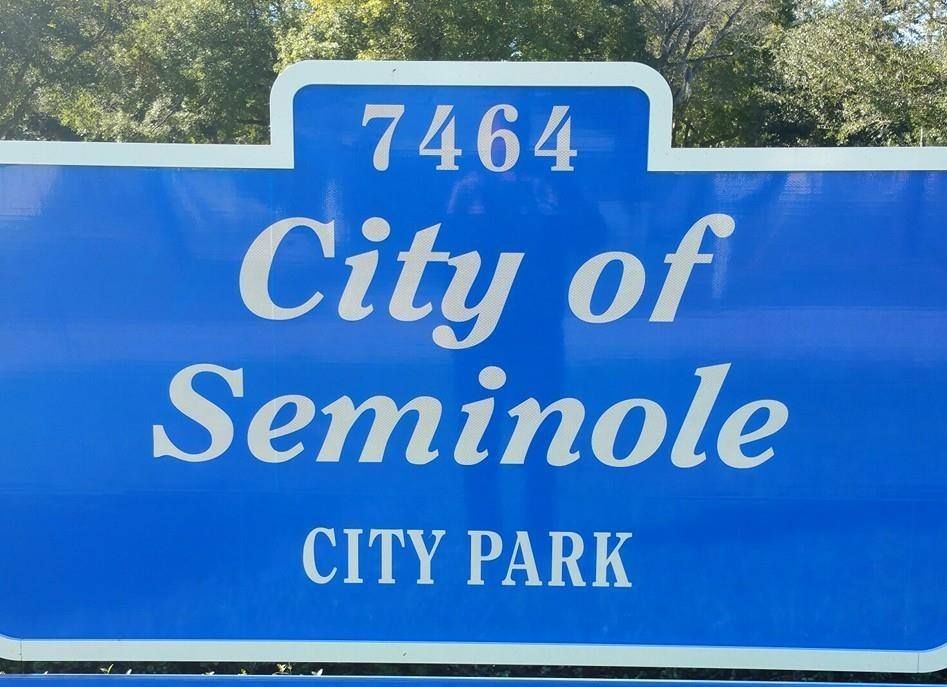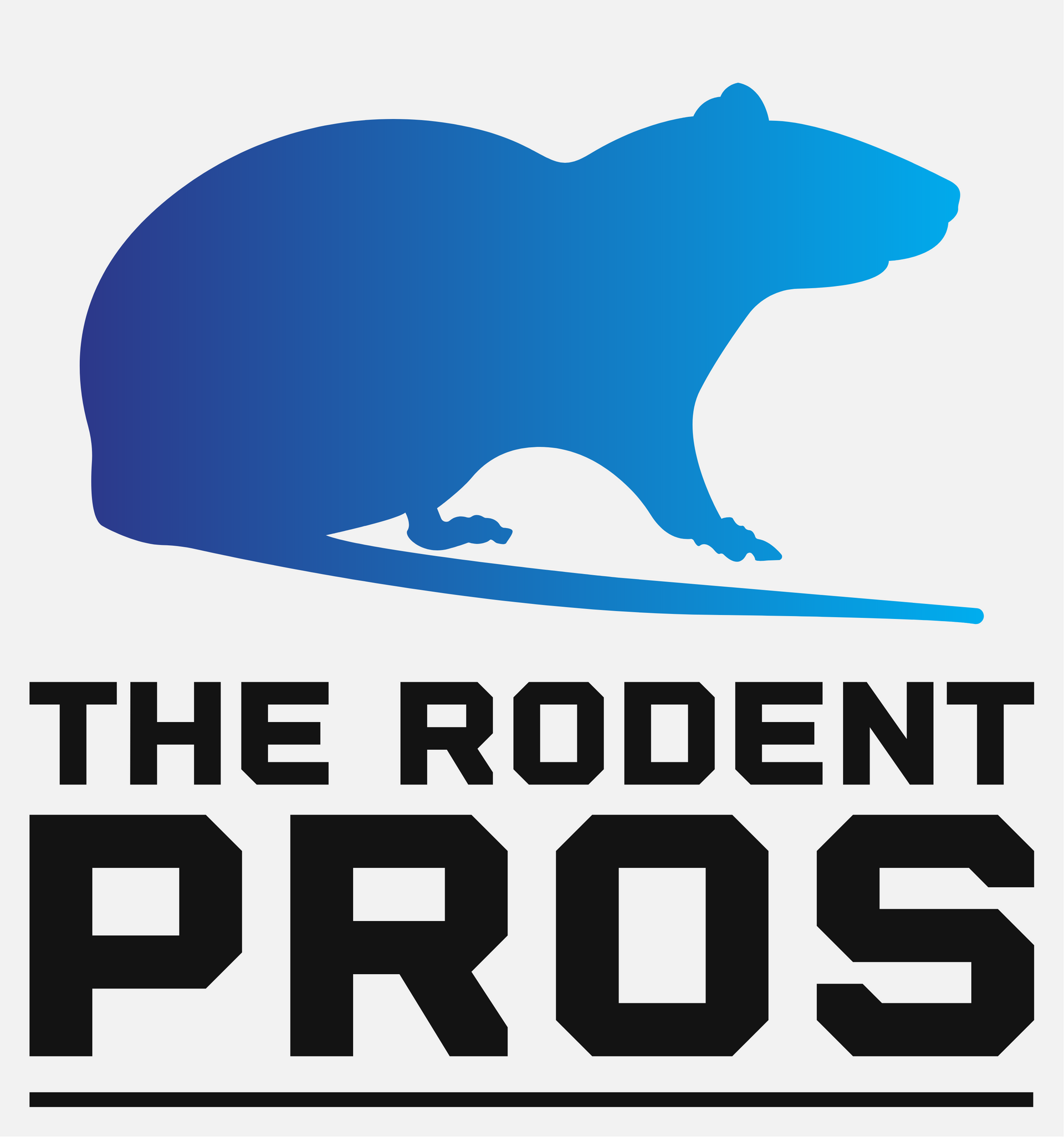Seminole Florida Rodent Problem

Rodent Control In Seminole Florida
The Rodent Pros Offer rodent trapping, rodent removal, rodent exclusion, rodent sanitation and rodent remediation services to Seminole and all cities within a 50 miles radius of Tampa Florida.
To Call and schedule a free inspection click here
Several factors contribute to why Seminole, Florida, like many urban and suburban areas, experiences issues with rodents such as rats. Understanding these factors can help in implementing effective pest control measures:
- Climate and Environment:
- Warmth and Humidity: Florida's warm and humid climate provides ideal conditions for rodents to thrive year-round. Rats are adaptable and can reproduce rapidly in such environments.
- Proximity to Water: Seminole's proximity to water bodies, including the Gulf of Mexico and various lakes and ponds, provides additional food sources and habitats for rodents.
- Urbanization and Habitat Modification:
- Human Development: Urban and suburban development alters natural habitats, creating new environments where rodents can find shelter and food.
- Buildings and Structures: Homes, businesses, and other structures provide rodents with numerous entry points and nesting opportunities, especially in older buildings with gaps and cracks.
- Food Sources:
- Waste Management: Improperly managed garbage and compost piles can attract rodents looking for food scraps.
- Pet Food and Bird Feeders: Outdoor pet food bowls and bird feeders left accessible can also attract rodents.
- Water Sources:
- Leaky Pipes and Standing Water: Rodents require water for survival. Leaky pipes, poorly drained areas, and standing water around homes provide rodents with essential moisture sources.
- Human Behavior and Practices:
- Outdoor Feeding: Feeding wildlife or birds can inadvertently attract rodents seeking easy food sources.
- Improper Storage: Failure to properly store food and garbage can make residential and commercial properties more attractive to rodents.
- Vegetation and Landscaping:
- Overgrown Vegetation: Dense vegetation near homes can provide hiding places and nesting sites for rodents.
- Mulch and Compost: Organic materials like mulch and compost can provide rodents with food and nesting materials.
- Transportation and Commerce:
- Goods and Cargo: Commercial areas and transportation hubs can inadvertently transport rodents through goods and cargo, contributing to local infestations.
- Natural Predators and Pest Control:
- Lack of Predators: In urban environments, natural predators of rodents may be scarce, allowing rodent populations to grow unchecked.
- Pest Control Practices: Inconsistent or ineffective pest control measures can fail to address rodent populations effectively.
Addressing a rodent problem in Seminole, Florida, requires a multifaceted approach that includes habitat modification, waste management, proper food storage, and possibly professional pest control intervention. By understanding these factors, residents and businesses can implement targeted strategies to mitigate rodent issues and create less hospitable environments for these pests.
600 Cleveland Street
suite 374

